Tring Natural History Museum Hybrid Animals
A menagerie of curiously bred creatures.
This museum boasts much more than your typical natural history displays. Step inside, and you’ll uncover a menagerie of marvelous mummified mammals.
Lionel Walter Rothschild, 2nd Baron Rothschild, a wealthy zoologist and collector, was particularly interested in the hybridization between different species. He collected numerous examples of these improbable creatures, and some may still be seen in the glass cabinets of the Natural History Museum at Tring.
Reclining on a shelf above a Siberian tiger are the mortal remains of a creature dubbed the “jaglion” or “jaguon.” For many years, this feline was believed to be the offspring of a male jaguar and a lioness. Today, however, it is regarded as likely being the offspring of a hybrid parent mix of a male jaguar and a leopardess that was then intentionally bred with a lion to produce a cub touted as a “Congolese spotted lion” and actually called in zoological terminology, a “ligualep.”
Standing next to the “ligualep” (or jaglion) is another fantastic feline known as a “pumapard,” which, as the name suggests, is the hybridized offspring of a puma and a leopard. This particular animal, which shows signs of dwarfism, was bred in Germany at the Tierpark Zoo in Hamburg, where it was exhibited to great acclaim before it sadly died and was purchased by Rothschild.
Nearby, sandwiched between a polar bear and a grizzly bear, stands a mocha-colored ursine. This bear is a polar-grizzly hybrid that has been called the “prizzly bear.” Far from being a one-off oddity, such hybrids are becoming increasingly common as the two bear species come into greater contact, driven by climate change.
In the ungulate galleries, reclining next to an extinct species of zebra, you will see an extraordinary little equine: a baby zebroid. The stripy little creature is the hybrid offspring of a domestic horse and a zebra. This particular foal was actually bred by Rothschild himself, who, in true Victorian eccentricity, kept a herd of tamed zebra that were used to pull his carriage.
Know Before You Go
The Tring Natural History Museum is open Monday to Saturday from 10 a.m. to 5 p.m. and on Sundays from 2 p.m. to 5 p.m. Entrance is free.
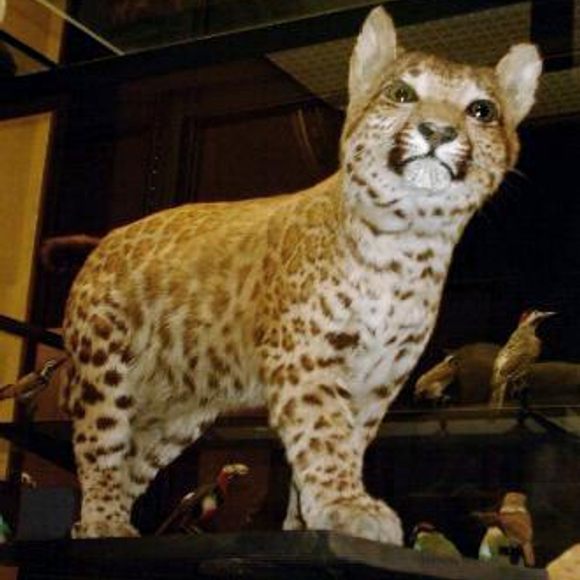













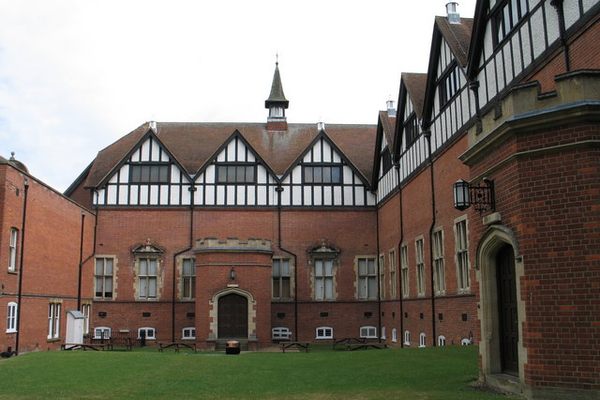

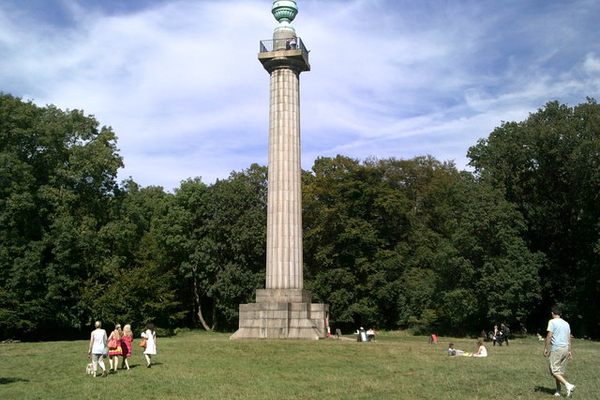
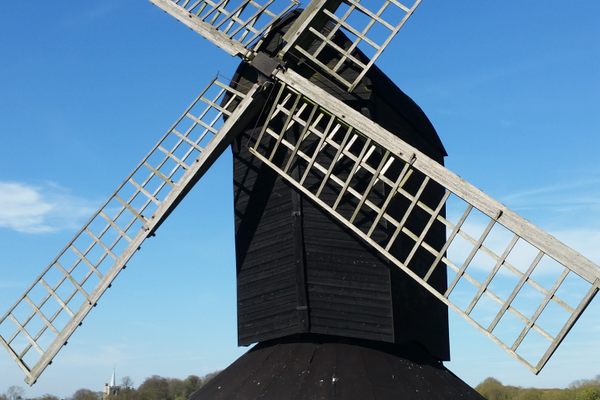
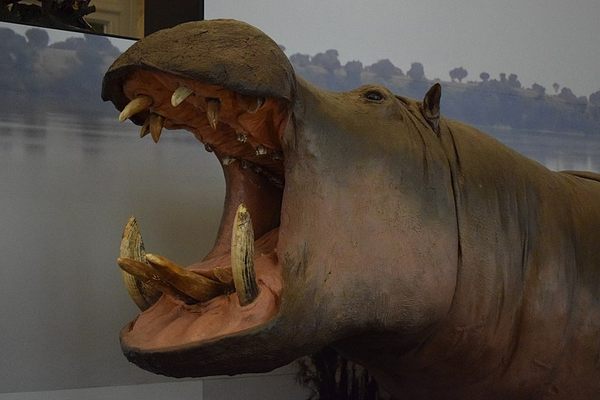




Follow us on Twitter to get the latest on the world's hidden wonders.
Like us on Facebook to get the latest on the world's hidden wonders.
Follow us on Twitter Like us on Facebook